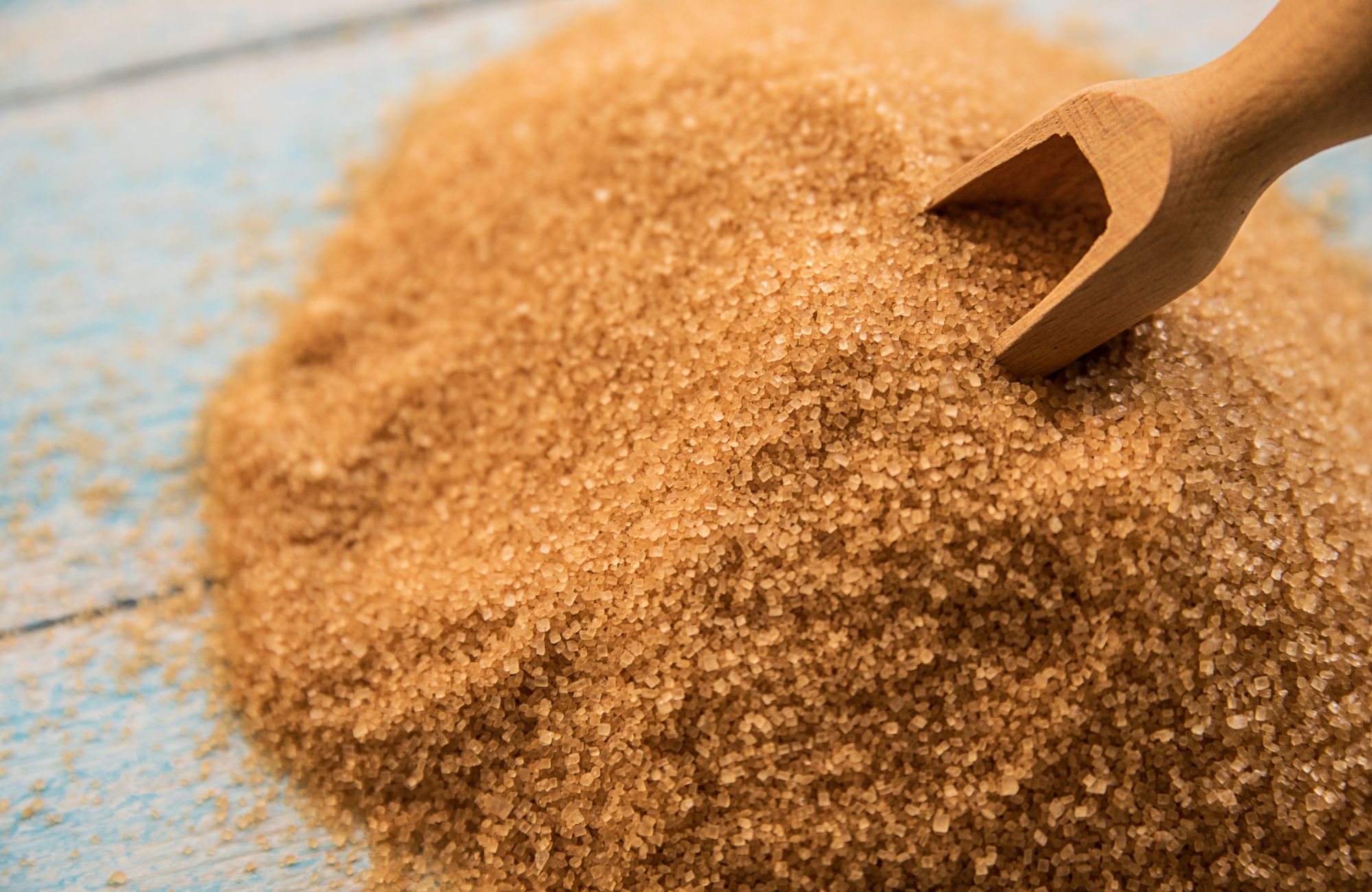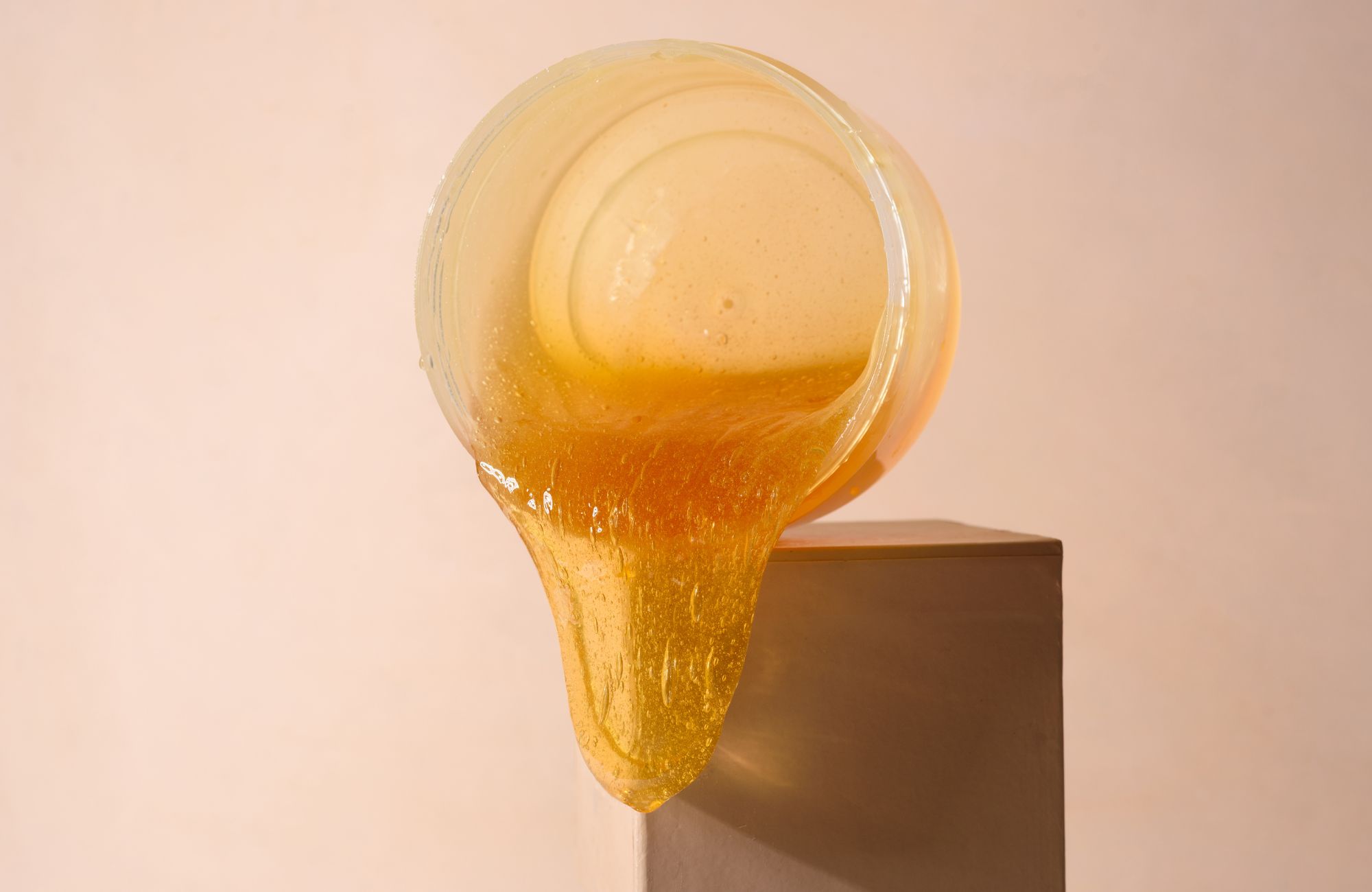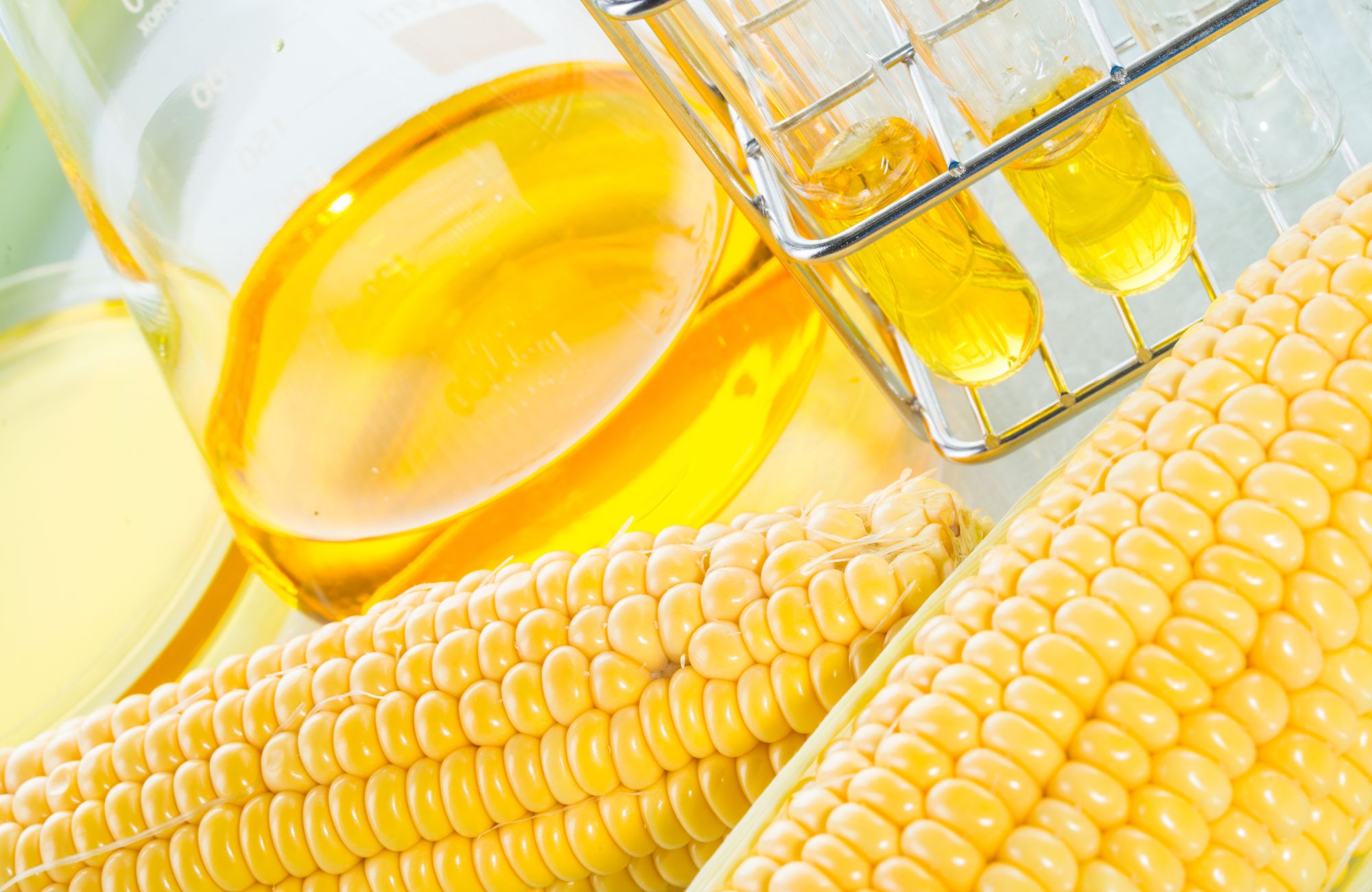
What Is Brown Sugar? Understanding Its Types and Uses
Brown sugar is a sweetener made primarily of sucrose combined with molasses, which gives it its rich flavor, darker color, and moist texture. Unlike white sugar, which is nearly 100% sucrose, brown sugar contains 88-95% sucrose along with natural molasses. This molasses content not only enhances the taste but also increases moisture, making brown sugar clump together and feel damp compared to the free-flowing crystals of white granulated sugar. Commonly used in baking, cooking, and sweetening beverages, brown sugar adds depth and complexity that plain white sugar cannot match.
How Brown Sugar Is Made
The production process varies significantly depending on the type of brown sugar.
- Unrefined Brown Sugar: Sugar cane juice is extracted, simmered, and naturally coated with molasses before drying, retaining most of its original molasses.
- Raw Brown Sugar: The juice undergoes clarification, concentration, and a single-crystallization process, with some molasses retained after centrifugation.
- Refined Brown Sugar: Made by recrystallizing raw sugar with molasses, coating white sugar with molasses, or co-crystallizing fine sugar with cane syrup for a free-flowing texture.
- Sugar Beet Brown Sugar: Always made using the coated method, as beet molasses is unsuitable for consumption.
Types of Brown Sugar
Not all brown sugar is created equal. Understanding the different varieties can help you choose the right type for your culinary needs.
Unrefined Brown Sugar
Unrefined brown sugar is the least processed form of sugar, retaining most of its natural molasses from sugar cane. Produced using traditional methods on a small scale, it has a rich, complex flavor and a slightly coarser texture. With a molasses content of 8-14%, it often contains dark clumps and small, firm lumps of syrup-coated sugar crystals. Due to its natural processing, variations in color and flavor can occur between batches, making each batch slightly unique.
Raw Brown Sugar
Raw brown sugar is a partially processed sugar that falls between unrefined and refined varieties. It is made directly from freshly harvested cane through a single-crystallization process, which retains some natural molasses—typically 3-4% in light raw brown sugar and up to 8% in dark varieties. The sugar undergoes centrifugation to remove excess molasses while preserving its rich flavor. Often labeled as “organic” when sourced from organically grown sugar cane, raw brown sugar is commonly imported from South America, particularly Paraguay, and typically costs between $1.99 and $4.32 per pound.
Refined Brown Sugar
Refined brown sugar is the most common type found in grocery stores. Unlike unrefined and raw brown sugars, it isn’t naturally brown but is made by adding molasses to white sugar. This process creates a consistent product that is easy to use in baking and cooking. Refined brown sugar comes in three main varieties:
- Light Brown Sugar: Contains 2-3% molasses, has a mild flavor with a golden color, and is ideal for most baking applications.
- Dark Brown Sugar: Contains 6-8% molasses, offering a stronger molasses flavor and darker color, making it ideal for gingerbread, baked beans, and other recipes requiring a robust flavor.
- Free-flowing/Pourable Brown Sugar: Contains 2-3% molasses, with dry, free-flowing crystals that don’t clump, making it easy to measure and incorporate into recipes.
Nutritional Profile of Brown Sugar
Despite common misconceptions, brown sugar isn’t significantly healthier than white sugar. Both provide about 16 calories per teaspoon, with brown sugar containing trace minerals from molasses.
Nutritional comparison per teaspoon:
- Brown sugar: 17.5 calories, 4.5g carbohydrates, trace amounts of calcium, potassium, and iron
- White sugar: 16 calories, 4g carbohydrates, virtually no minerals
The glycemic index of brown sugar ranges from 60-64, similar to white sugar’s GI of 60-65. This means both cause similar blood sugar responses when consumed.
While unrefined brown sugars contain slightly more minerals due to higher molasses content, you would need to consume unhealthy amounts to gain meaningful nutritional benefits. The calories and sugar content far outweigh any potential advantages from these trace nutrients.
Culinary Applications
Brown sugar excels in both sweet and savory applications:
In baking:
- Creates chewier cookies with a deeper flavor
- Adds moisture to cakes and quick breads
- Contributes to the deep flavor of gingerbread and spice cakes
- Enhances fruit-based desserts with caramel notes
In savory dishes:
- Balances acidity in barbecue sauces and glazes
- Adds complexity to baked beans and chili
- Creates caramelized crusts on hams and other meats
- Enhances the flavor of sweet potatoes and winter squash
Professional bakers often prefer dark brown sugar for recipes with strong spice profiles, while light brown sugar works better in delicate baked goods where a subtle molasses flavor is desired.
Storage and Handling
Brown sugar’s higher moisture content means it requires special storage consideration:
- Store in an airtight container to prevent moisture loss
- For longer storage, consider an airtight container with a clay disk or piece of bread to maintain moisture
- If hardened, soften by microwaving briefly with a damp paper towel, or placing in a sealed container with a slice of apple or bread
Properly stored brown sugar has an indefinite shelf life, as its sugar content prevents microbial growth.
Environmental and Ethical Considerations
Sugar production has notable environmental impacts, including soil degradation, water pollution, high energy and water consumption, and carbon emissions from transportation. To support sustainability, consumers can choose organic and fair-trade options, which promote eco-friendly farming practices and fair wages for workers in the sugar industry.
Conclusion
Brown sugar is more than just a sweetener—it’s a versatile ingredient that enhances both sweet and savory dishes. Choosing between unrefined, raw, or refined varieties depends on your culinary needs, budget, and preferences. While it isn’t a nutritional powerhouse, its rich flavor and moisture content make it essential in many recipes. Understanding the different types and proper storage methods ensures you get the best results in your cooking and baking. Whether you opt for an artisanal muscovado for deep, complex flavors or a convenient light brown sugar for everyday use, each variety has its unique place in the kitchen.
Discover the difference high-quality sweeteners can make in your kitchen with US Sweeteners. Whether you need premium brown sugar for baking, organic raw sugar for a natural touch, or refined options for everyday use, we offer the finest selection to elevate your recipes. Contact us today for reliable, top-grade sweeteners that bring out the best in every dish!
FAQs
Is brown sugar healthier than sugar?
Brown sugar is not significantly healthier than refined white sugar, as both contain similar calories and affect blood sugar levels comparably, with brown sugar offering only trace minerals from molasses that are too minimal to provide meaningful nutritional benefits.
What is brown sugar made out of?
Brown sugar is made of sugar crystals (sucrose) combined with molasses, which gives it its characteristic color, flavor, and moisture content.
Is brown sugar just white sugar?
While refined brown sugar is often white sugar with added molasses, raw or brown sugar varieties like muscovado and turbinado sugar contain naturally occurring molasses from cane sugar processing, making them distinct from simple white sugar.
Is brown sugar and dark sugar the same?
Dark brown sugar is a specific type of brown sugar with a higher molasses content (6-8%) that provides a stronger flavor and darker color compared to light brown sugar (2-3% molasses), but granulated brown sugar comes in various molasses concentrations and forms.



Leave a Reply